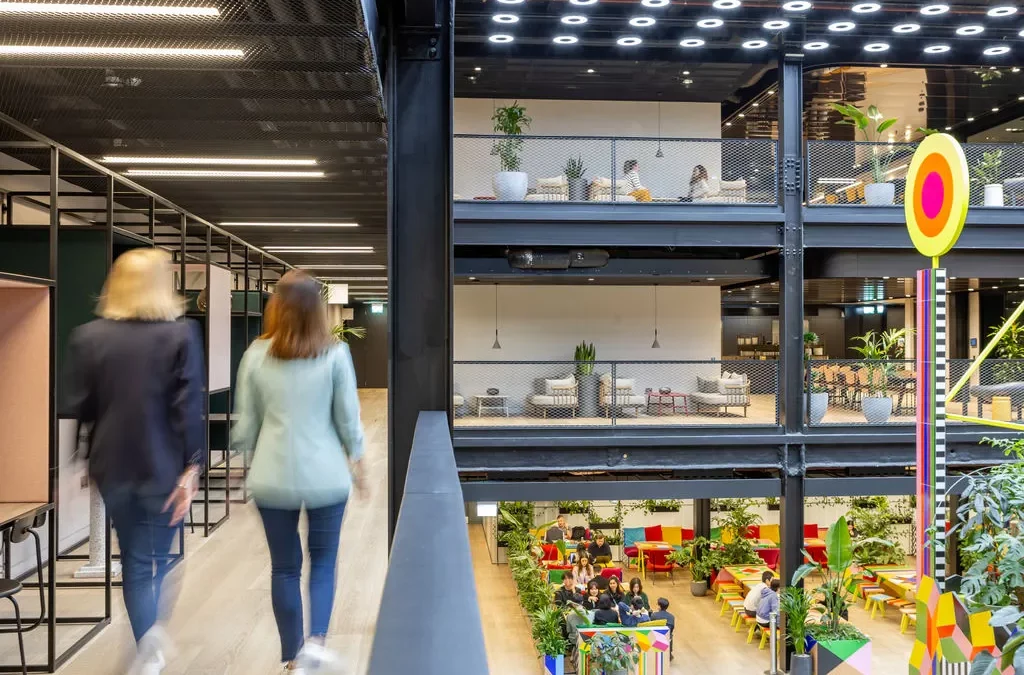
As an HRIS specialist, I play an important role in guiding my clients through the process of selecting the most suitable Human Resources Information System (HRIS) for their organisation’s unique needs. My expertise in HR technology and experience in undertaking these processes enables me to provide valuable insights and assistance at every stage of the selection process.
Scoping of needs
The first step of any selection process is understanding what the organisation needs from their new HRIS. I work to understand current HR processes, pain points, and identifying the essential features for their new system. We also consider additional features which might be “good to have” rather than essential, as well as features that are not needed. After all we don’t want to spend ages looking at a system that is super-focussed on time and attendance if this is not something we need to track in great detail.
Shortlisting
Once I understand more about what my client needs to prioritise, I can then use my knowledge of the market and vendor contacts to review what is available and then create a shortlist of vendors to approach to participate in our selection process.
Before the vendor gets to the point of presenting to the client, I have already spoken with them to ensure that they understand the opportunity and priorities for the project. In this way we make sure that both the client and the vendor get the most from the demonstration.
I usually agree with my client that they will not see the commercial proposals until after the first-round demonstrations are completed; it’s always interesting (and often surprising) how the client perception of the product can vary from where it sits relative to the pricing provided.
Return on investment
When we are looking at commercials, we always take into account the costs of implementation, including additional internal resources to support the project team, annual licencing, support packages, training requirements so that we can assess the return on the investment over time. As part of this it is very important to look at the expected value-add that the right HRIS can bring to an organisation for example, improving efficiencies in processes can reduce the number of people needed to support future growth.
Deep dive scrutiny of the preferred HRIS
Once we have a preferred vendor, my role is to support “deep dive” demonstrations with a wider range of client team stakeholders, to make sure that we are really scrutinising the capabilities of the system and, most importantly, how this specific organisation will be using it. As before, there is no value in being bowled over by a whizzy scheduling tool if it’s not something that will be used regularly by the team.
Planning for implementation
When everyone is happy and the project (and budget) have got the final sign off, it’s time to start planning for implementation. This usually involves looking at the scope of works provided by the vendor and double-checking that all we think is included has been accounted and planned for by the vendor. We then get to agreeing a project kick off date and moving into the next, exciting stage – implementation!

Recent Comments